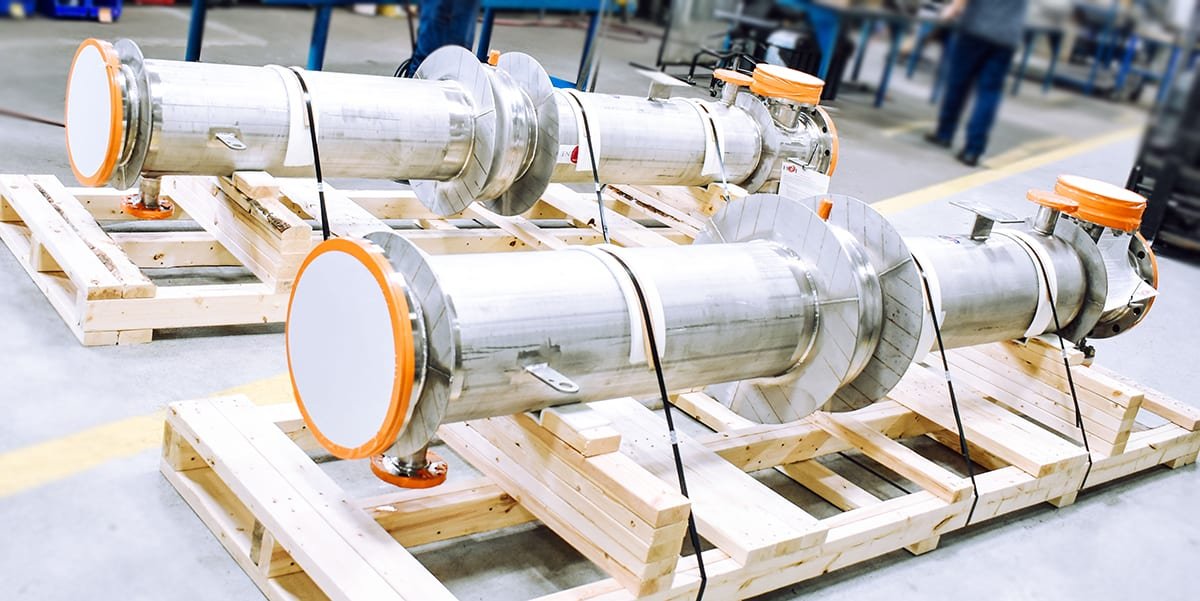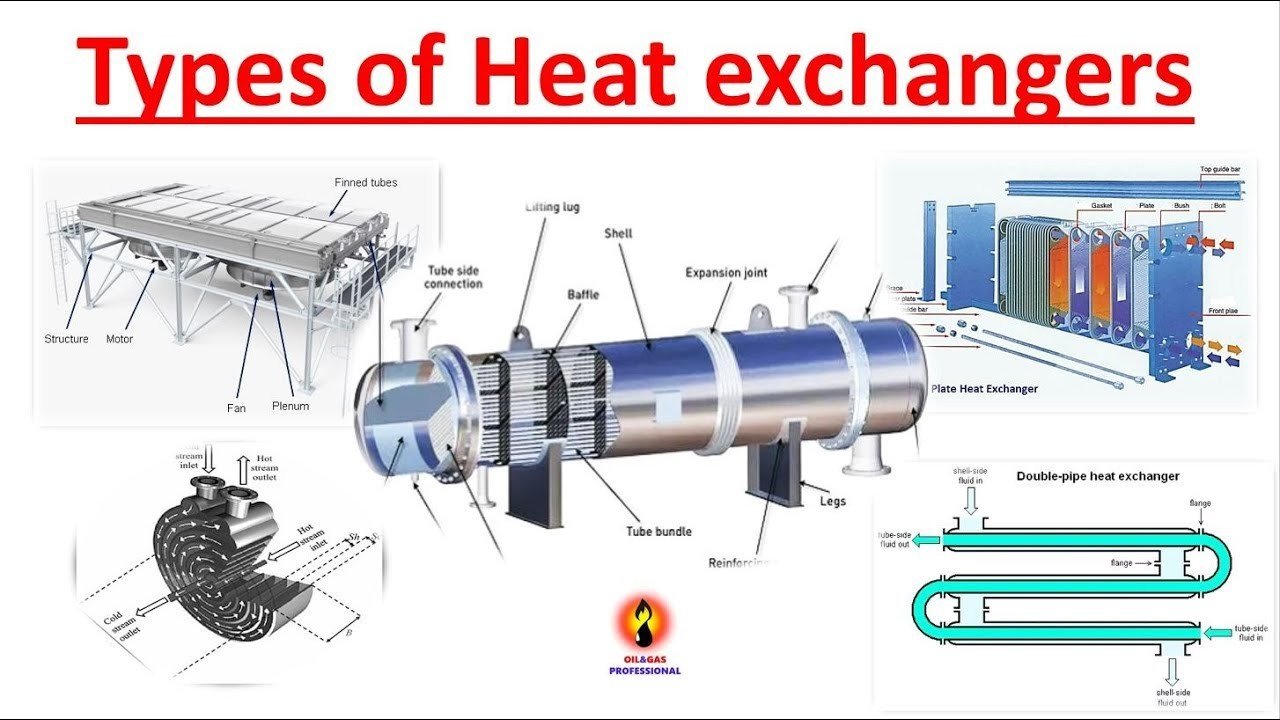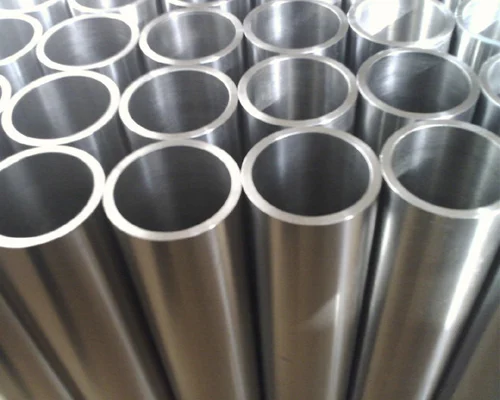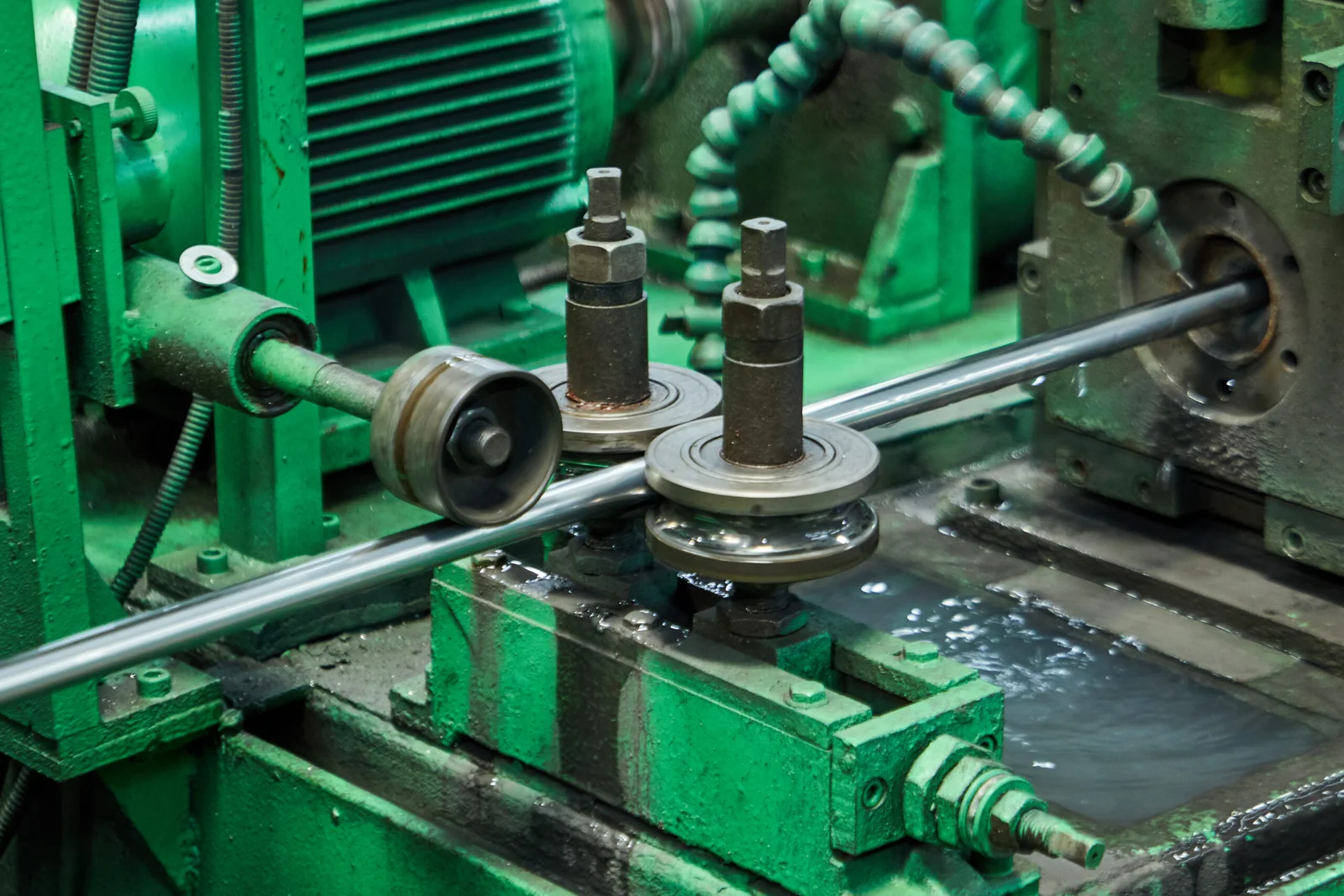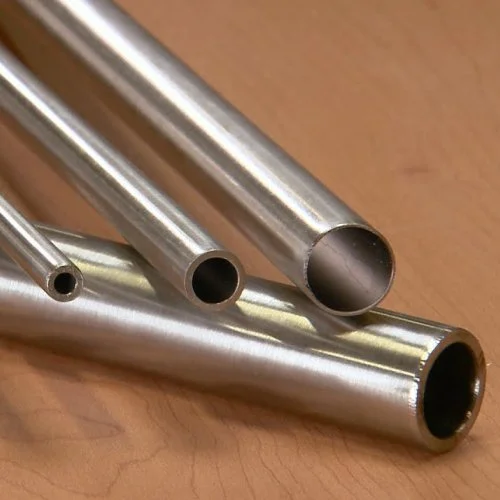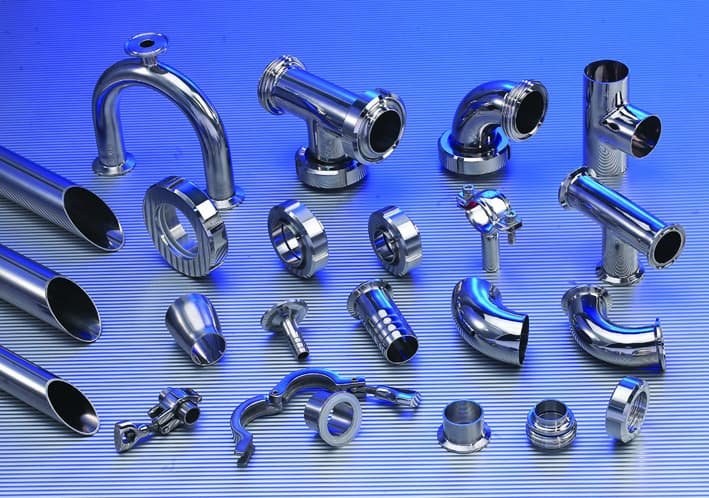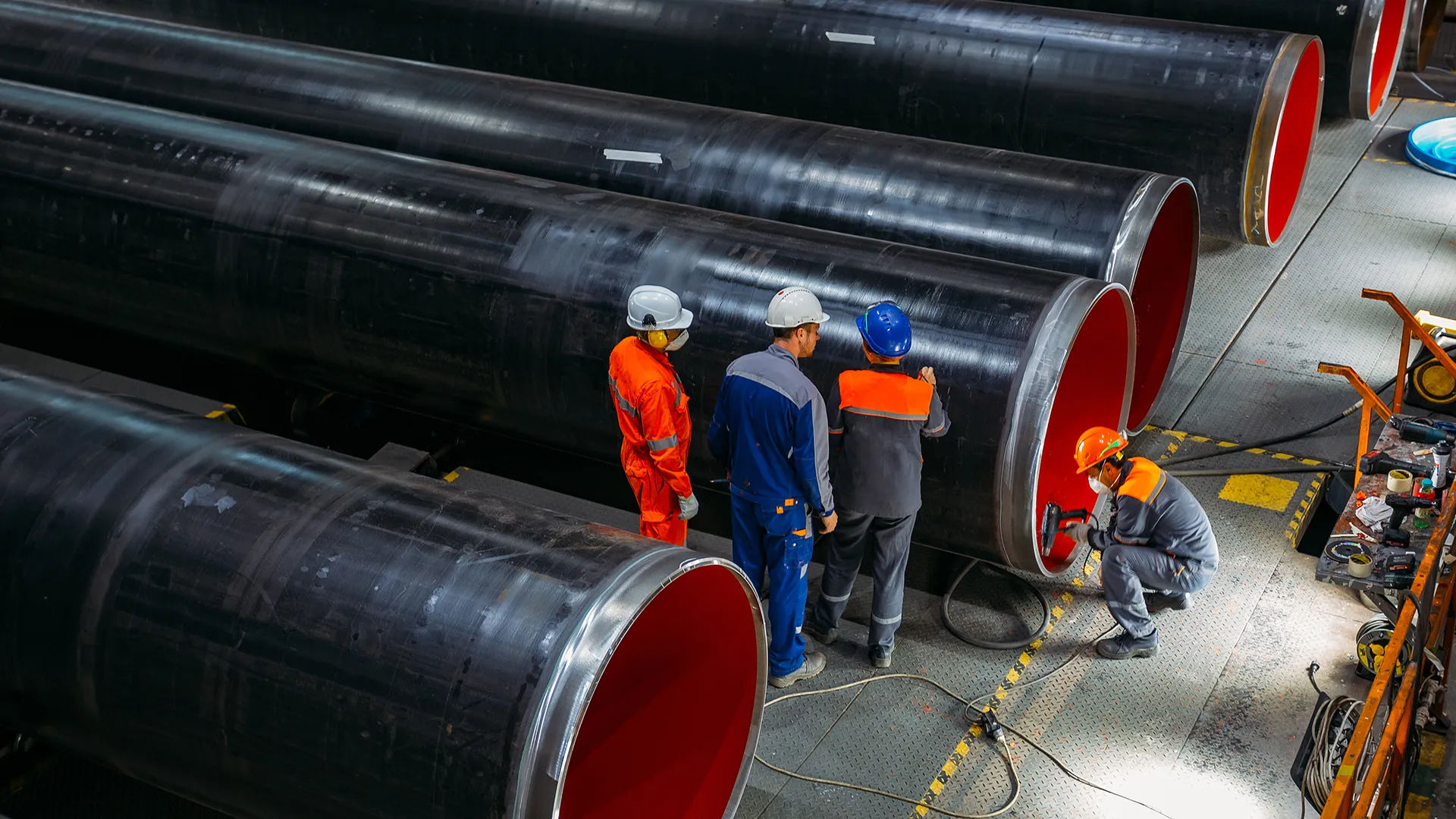Ensuring the quality of stainless steel tubes is critical for the long-term reliability and safety of heat exchangers. Whether used in chemical plants, power stations, oil & gas facilities, or food processing systems, defective or poorly inspected tubes can lead to costly failures, shutdowns, or safety hazards.
In this article, we cover the most important inspection methods for stainless steel heat exchanger tubes, including dimensional control, surface checks, and non-destructive testing (NDT). As a trusted manufacturer, DLSS Pipeline applies comprehensive quality assurance practices to meet global standards.
1. Dimensional Inspection
Precision in outer diameter (OD), wall thickness (WT), and length is essential for proper installation, performance, and pressure integrity.
Key Measurements:
- Outer diameter (OD): Checked using calipers or laser micrometers
- Wall thickness (WT): Measured with ultrasonic or micrometer gauges
- Straightness and ovality: Controlled for tube fitting and flow uniformity
- Cut length tolerance: Usually within ±1.0 mm or as per customer specification
DLSS tubes are produced with strict tolerance control based on ASME, EN, and customer-specific standards. Learn more at www.dlsspipeline.com
2. Surface Quality and Visual Inspection
The internal and external surface finish affects both corrosion resistance and flow performance.
What is checked:
- Surface cleanliness (scale, oil, grease, oxidation)
- Dents, pits, cracks, folds, laminations
- Weld seam (for welded tubes) or drawing flaws (for seamless tubes)
Tubes are visually inspected under proper lighting and may also undergo borescope inspection for internal surface verification.
3. Non-Destructive Testing (NDT)
NDT ensures that internal and external defects are detected without damaging the tube.
Common NDT Methods:
Eddy Current Testing (ECT)
- Detects surface and near-surface defects such as cracks, inclusions, and porosity
- Fast, continuous, suitable for 100% inline testing
- Required for boiler, nuclear, and high-spec applications
Hydrostatic Testing
- Tests tube integrity under pressure by filling with water
- Confirms no leakage, structural strength
- Usually performed at 1.5x working pressure
Ultrasonic Testing (UT)
- Detects internal voids, delaminations, and wall thickness variations
- Suitable for thicker or larger-diameter tubes
Dye Penetrant Testing (PT)
- Used for detecting surface-breaking cracks on polished or machined surfaces
- Typically applied to cut ends or suspected zones
DLSS offers all major NDT methods in-house or via certified third-party labs. Visit www.dlsspipeline.com to explore our inspection capabilities.
4. Mechanical & Chemical Testing
Beyond surface and structural checks, the following tests verify material strength and chemical composition:
- Tensile Test: Confirms yield and tensile strength
- Hardness Test: Brinell, Rockwell, or Vickers
- Flattening/Flare Test: Checks ductility and weld quality
- Chemical Analysis (PMI): Ensures correct alloy composition using spectrometer
DLSS provides full mill test certificates (MTC) in accordance with EN 10204 3.1 or 3.2, traceable to each heat number.
5. Industry Standards Followed
Our tube inspection process complies with:
- ASME SA213 / SA789
- EN 10216-5, EN 10305
- ISO 9001, PED 2014/68/EU
- TEMA, ASTM A450 (general inspection)
Clients can also request customized inspection plans (ITPs) and third-party witnessing (e.g., TÜV, BV, SGS).
Frequently Asked Questions (FAQ)
Q1: Is eddy current testing mandatory for all stainless steel tubes?
It is not always required but is highly recommended for heat exchanger, boiler, or critical applications, especially seamless tubes.
Q2: Can DLSS provide third-party inspection reports?
Yes, we support inspections by SGS, BV, TÜV, or your appointed agency. All documents are traceable and certified.
Q3: What’s the standard surface condition for DLSS tubes?
We offer both pickled (AP) and bright annealed (BA) finishes with clean, defect-free internal surfaces as standard.
Conclusion
High-quality stainless steel tubes begin with precise manufacturing—and are only trusted when verified by comprehensive inspection. At DLSS Pipeline, we ensure every heat exchanger tube meets or exceeds industry standards, from dimensions to NDT to final documentation.
Contact our team to request an inspection specification or sample report.


